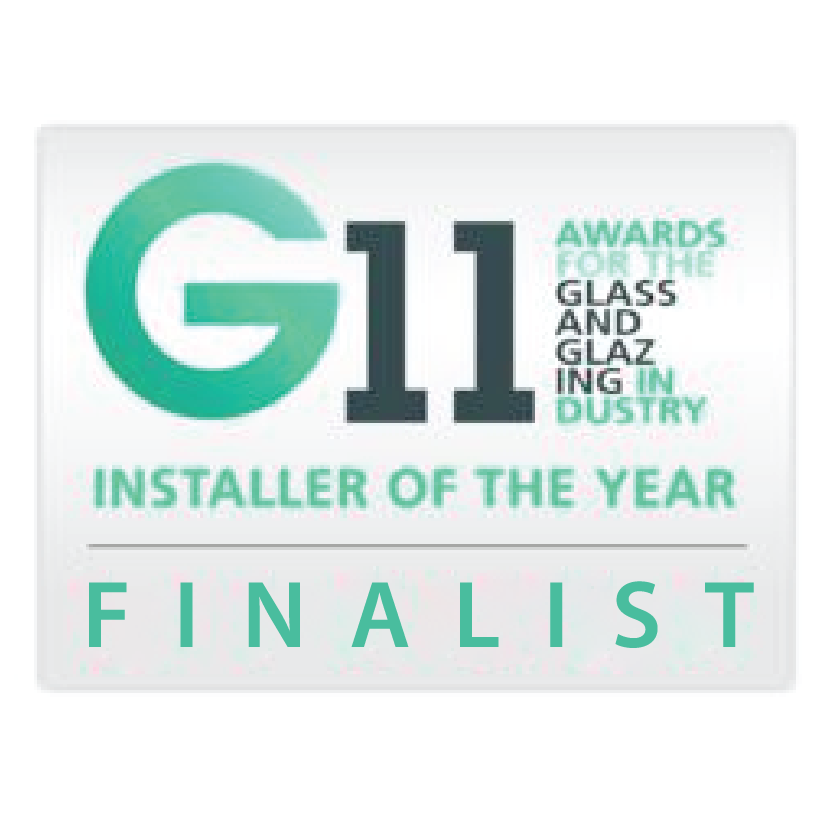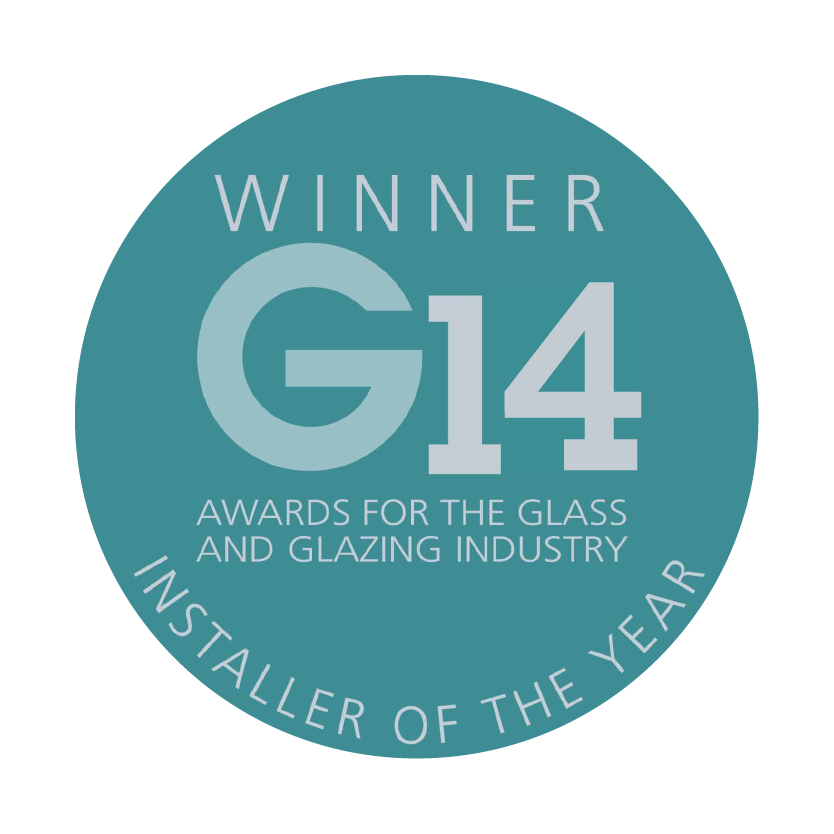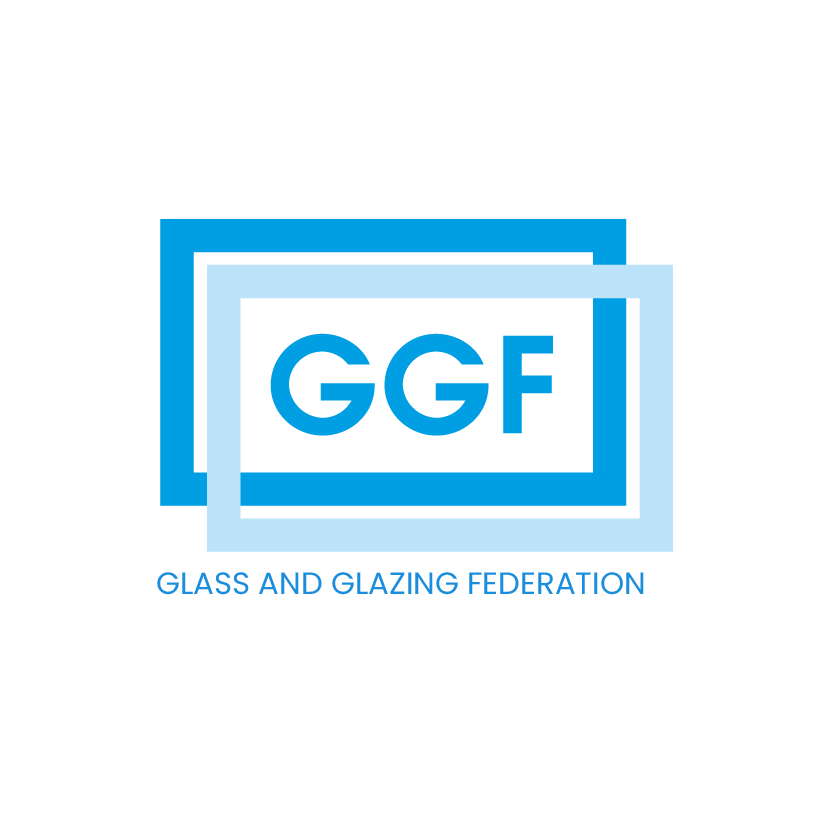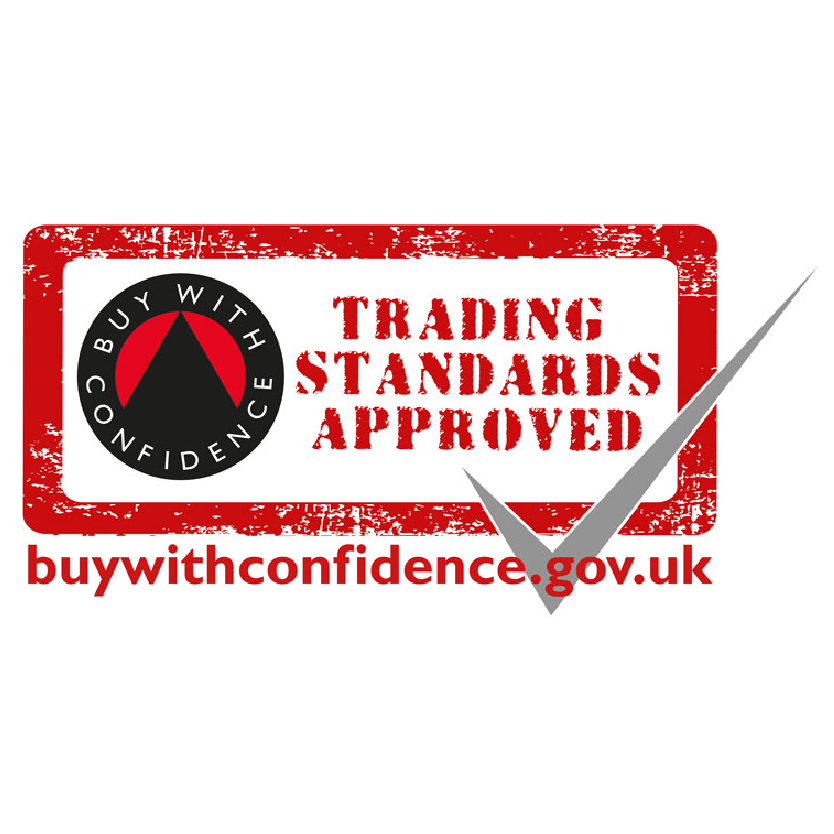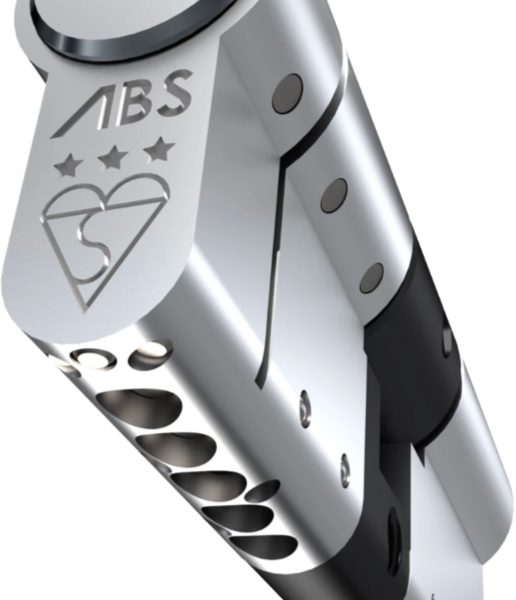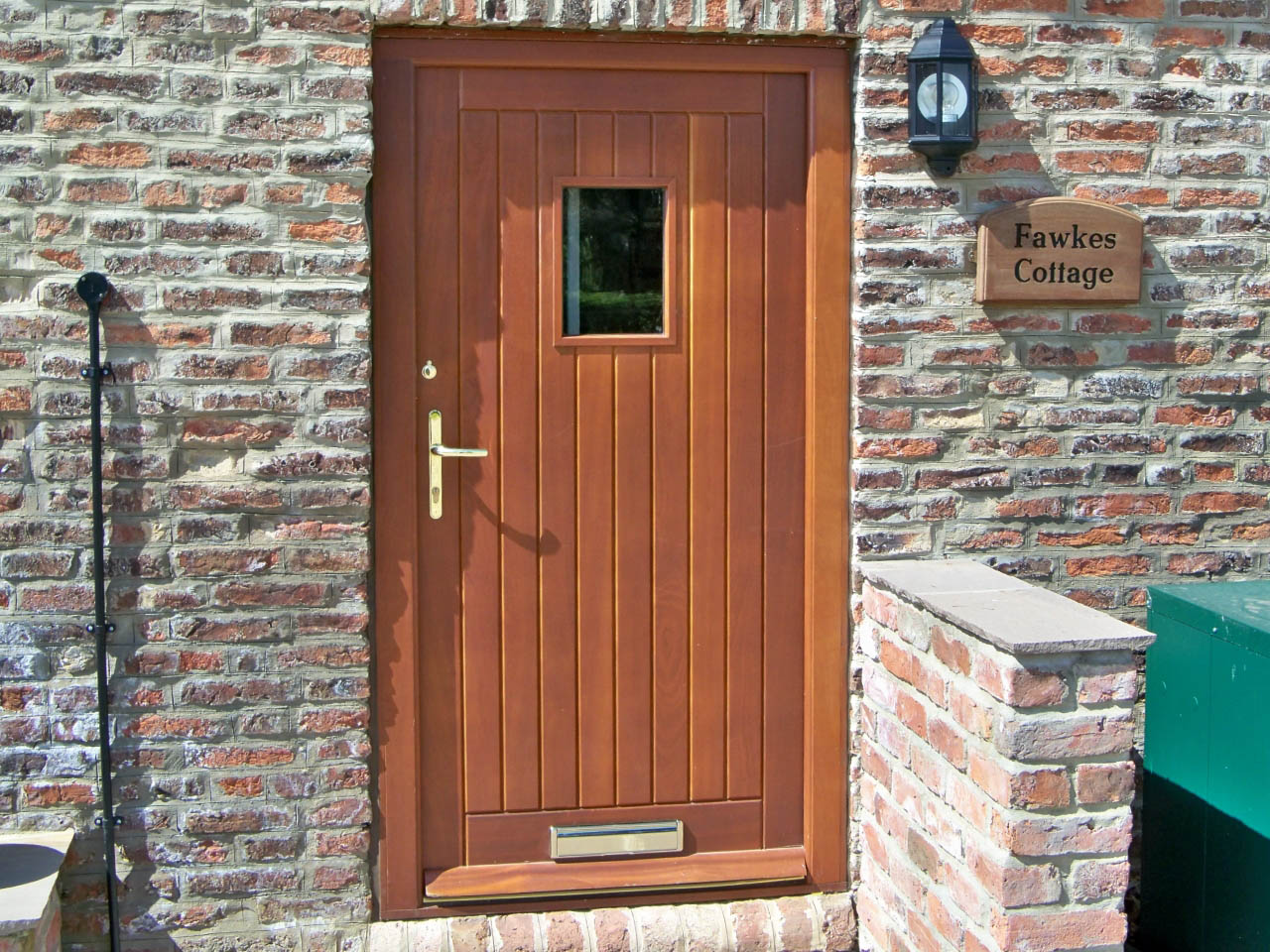
Timber - PVC - Aluminium - Windows, Doors & Conservatories in Hampshire
The 5 Best Security Features for Your New Front Door
The 5 Best Security Features for Your New Front Door
Category: Home Security / Buying Guide
Reading Time: 6 Minutes
📌 Quick Security Checklist
- The Core: 48mm Solid Timber Core (Comp Door) vs standard foam.
- The Lock: ABS 3-Star Diamond Grade Cylinder (Standard on KJM doors).
- The Frame: TriSeal frame with multi-point hook bolts.
- The Badge: Secured by Design (Police Approved).
This guide is part of our comprehensive series on entrance doors. For a complete overview of materials, colours, and performance, start with our main guide: Composite Doors Explained.
When choosing a new front door, aesthetics and energy efficiency are important. But the non-negotiable, number-one priority is security. As the old saying goes, an unsecured door is just a “polite suggestion” to an intruder.
At KJM, we partner with Comp Door because they don’t just meet security standards—they exceed them. Here are the 5 critical features that make our doors the fortress your Hampshire home deserves.
Table of Contents
1. The ABS 3-Star “Diamond Grade” Cylinder
The lock cylinder is the most common point of attack. Burglars use a method called “Lock Snapping” where they grip the protruding cylinder and snap it in half, exposing the mechanism in seconds.
The Comp Door Solution: Every door we install comes with an ABS Anti-Snap Diamond Grade Cylinder as standard. This is the highest rated lock on the market.

It features a hidden firing pin. If an intruder attempts to snap the lock, this pin fires into the cam, completely locking the central mechanism. The intruder is left holding a broken piece of metal, while your door remains firmly locked.


2. The 48mm Solid Core Advantage
Many “composite” doors on the market are actually filled with high-density foam. While thermally efficient, they lack the brute strength of timber.
KJM’s Comp Doors feature a premium 48mm thick cross-laminated Albasia Falcata timber core. This solid wood core makes the door feel incredibly substantial and provides immense resistance to being kicked or barged in.
3. Multi-Point Hook Locking Mechanism
A single deadbolt is not enough. Our doors utilise a high-security multi-point locking system that engages along the full height of the frame.
Crucially, we use Hook Bolts. Unlike standard sliding bolts, hooks curve into the steel keeps on the frame. This essentially “claws” the door and frame together, making it nearly impossible for an intruder to lever the door away from the frame using a crowbar.
Note: Comp Door also offers an “Auto Slam Shut” lock, which engages the hooks automatically the moment the door is closed—perfect for peace of mind.
4. TriSeal Frames & Hinge Bolts
Even the strongest door is weak if the frame gives way. Comp Door uses an industry-leading TriSeal Frame system. This offers better weatherproofing than standard frames, but also tighter tolerances that make prying tools ineffective.
Furthermore, the hinge side is protected by Dog Bolts. These are steel pins that slot into the frame when the door closes. Even if a burglar ground the hinges off from the outside, the door would still be locked solid into the frame.
5. Laminated Glass (The Invisible Shield)
If you have glass panels in your door, they are a potential entry point. Standard toughened glass shatters into granules when hit hard.
For the ultimate security upgrade (standard on many SBD specifications), specify Laminated Glass. As detailed in our Laminated Glass Guide, this glass holds together even when shattered, thanks to a plastic interlayer. It acts just like a car windscreen—it might crack, but you can’t push through it.
6. Frequently Asked Questions (FAQs)
The gold standard is a 3-Star Diamond Grade Euro Cylinder (like the ABS Avocet used by KJM) combined with a multi-point hook bolt mechanism. This combination prevents snapping, picking, drilling, and levering.
Lock snapping is a common burglary technique where intruders apply force to break a standard euro cylinder lock in half. A 3-star anti-snap cylinder is designed with a sacrificial cut line that snaps off safely, leaving the core mechanism intact and secure.
Yes. A Comp Door features a 48mm solid timber core, which is significantly thicker and stronger than a standard foam-filled uPVC door panel. When combined with a TriSeal frame, it offers superior resistance to brute force.
🚪 Composite Door Knowledge Hub
Continue your research with our expert guides:
Ready to upgrade your home security? Contact KJM for a free quote.
- The 2026 Glazing Outlook” – High-level summary of the pivot to growth. - 9 December 2025
- Industry News: The Future Homes Standard 2025 & What It Means for Your Windows - 1 December 2025
- KJM Group MD Attends House of Commons Event to Champion UK Glass Industry - 14 November 2025


